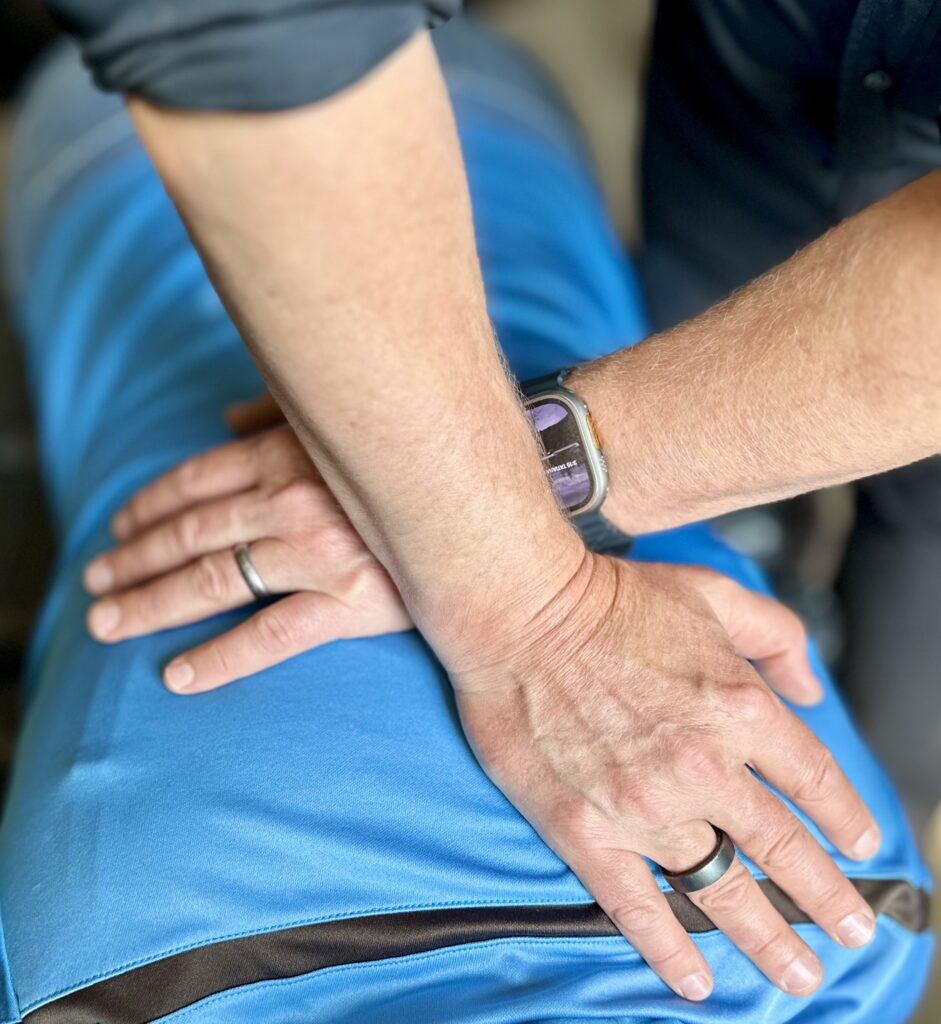In the realm of modern healthcare and personal wellness, the role of sleep is increasingly becoming a focal point of research and conversations. We spend about a third of our life in slumber and yet most of us never think about how to optimize the benefits we derive from sleep. Two decades into my chiropractic practice, I’ve seen the profound effects of sleep on everything from back pain to stress levels. But it wasn’t until I started wearing an Oura Ring that I truly began to understand the intricate nuances of my sleep and how it impacts my daily life.
When I first put the Oura Ring onto my finger the insights it gave me were humbling. Here I was, a healthcare professional and athlete, yet my deep sleep clocked in at less than 30 minutes a night. My resting heart rate stayed elevated for most of the night, and let’s not even talk about my HRV (Heart Rate Variability) levels, which hovered dismally in the high teens. It felt like waking up to a reality I didn’t even know existed. It also excited me to how good I could feel if I could crack the code to improve my sleep quality. Before diving into my journey toward better sleep, let’s clarify what deep sleep and HRV are and why they matter.

Deep sleep is the most restorative phase of our sleep cycle, distinct from REM and light sleep. It’s the time when tissue growth and repair occur, when the brain detoxifies, and when the body gets a full reset. Simply put, it’s quality over quantity. Good sleep isn’t just about the number of hours you get, but the kind of sleep you’re getting. Deep sleep allows your body to get to the work of truly healing while you are fast asleep.
Similarly, HRV is a measure of the variation in time between heartbeats and is an essential marker of our overall health and stress levels. HRV has been researched for over fifty years and we won’t get into all the details here. However it is important to understand that a higher HRV indicates a healthy heart and a body in a lower state of stress, providing us with a quantifiable measure of the stress on our bodies.
What sets Oura apart from other wearables I’ve tried (including the Apple Watch, FitBit, and Whoop Strap) is not just the data it collects, but also the actionable guidance it offers. I dived into the articles and tailored suggestions the Oura app provides, making small but impactful changes to my daily routine.
Some of these included:
- Increasing the time between my last meal and going to sleep
- Trying to eat a smaller and easier-to-digest dinner meal
- Decreasing alcohol intake
- Normalizing my time to sleep and time to rise within no more than a one-hour variation daily
- Intake of Magnesium prior to bed
The results? My deep sleep shot up to over an hour (doubled!), my resting heart rate settled into a calm rhythm shortly after going to bed, and my HRV nearly doubled (regularly in the high 20s to low 30s now). Those improvements only required some simple adjustments and I started noticing results after just a few weeks.
More than just numbers, my transformation is palpable. I’m more in tune with my body, my energy levels have soared, and I wake up with a sense of excitement and freshness I had forgotten was possible. It’s a complete contrast from my humble start with my Oura Ring. I honestly didn’t think I could learn so much from a wearable.
I am constantly experimenting with new ways to get more performance and health span from my body with one of my goals being to share this knowledge with my patients at Positive Motion Chiropractic. Next time you are on my table feel free to ask me what new things I am learning. I would love to share with you.
